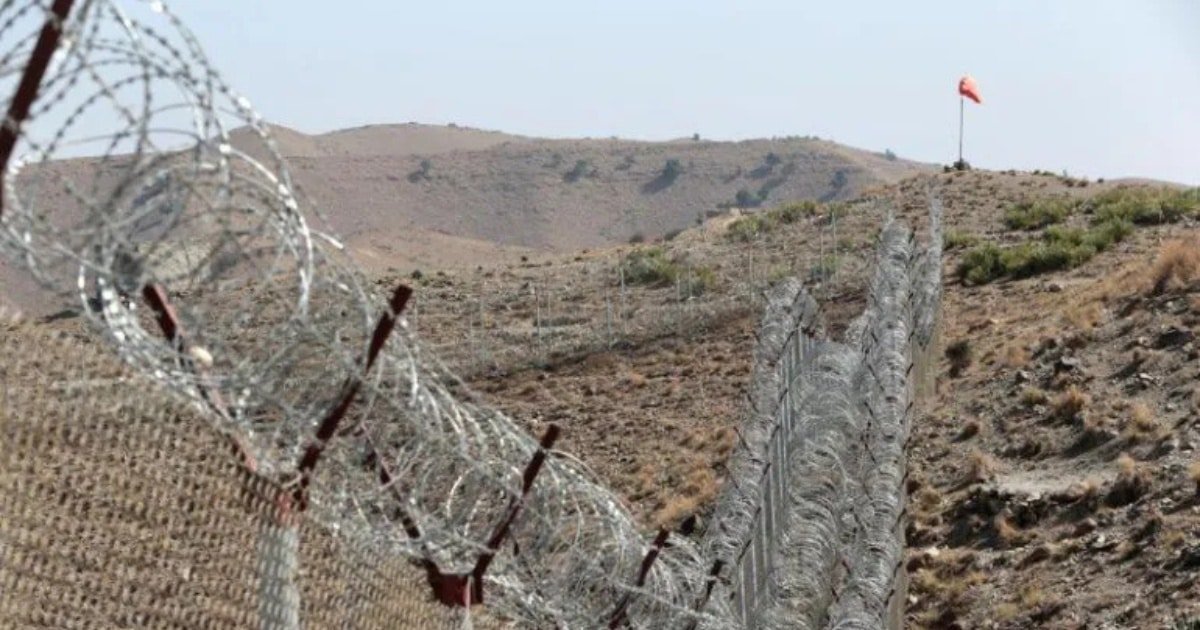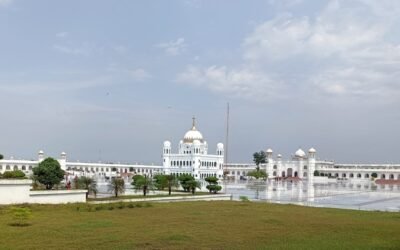For a nation that is located in a geo-strategically crucial region, border management is not just an administrative exercise. It is an indispensable part of national security. The management of Pakistan’s borders, especially where it meets with India and Afghanistan, has transformed from being solely dependent on basic military patrols to the building of physical fences. This marks a shift in Pakistan’s security policy. It is no longer based on reactive border skirmishes, but rather evolving towards a proactive border fencing policy. It is a significant move towards a long-term approach to de-escalation and regional stability.
The Case for Fencing the Durand Line
Pakistan undertook the herculean task of fencing its nearly 2,640-kilometer-long border with Afghanistan, the Durand Line. Controversial as it was, it was also met with a lot of criticism, as largely Pashtun tribes live on both sides. The border has long been porous, paving the way for infiltration of Fitna-Al-Khwarij (FAK) as well as illegal migration and smuggling. It responded to a historical and tribal fact that the border has long been leaky, separating the Pashtun people.
Fencing it thus became the Pakistan government’s top priority.
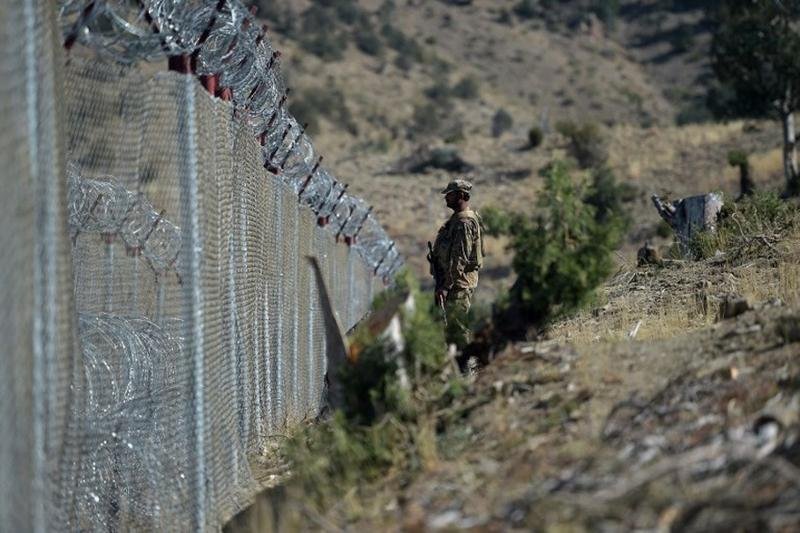
Source: defencejournal
One of the main reasons for fencing was to check cross-border terrorism. Ever since the US war in Afghanistan concluded, Pakistan has been suffering a constant series of attacks from militants. Most notable among these are the Tehrik-i-Taliban Pakistan (TTP), which have been declared as Fitna-Al-Khawarij (FAK) by the Pakistani government. There are numerous reports of them operating from sanctuaries inside Afghanistan. A 2020 research by the University of the Punjab on the economic and security expectations of the fence claims that the fence was a ‘need’ rather than an ‘option’. The constant stream of hardcore terrorists, smugglers, and drug cartels from Afghanistan posed a serious security threat to Pakistan’s internal safety and economic stability. The fence is therefore a defensive measure towards safeguarding Pakistan and the security of its citizens, even if it comes at the cost of aggression from external and internal separationist entities.
You May Like To Read: India to Continue Russian Oil Imports Despite U.S. Tariffs and Pressure
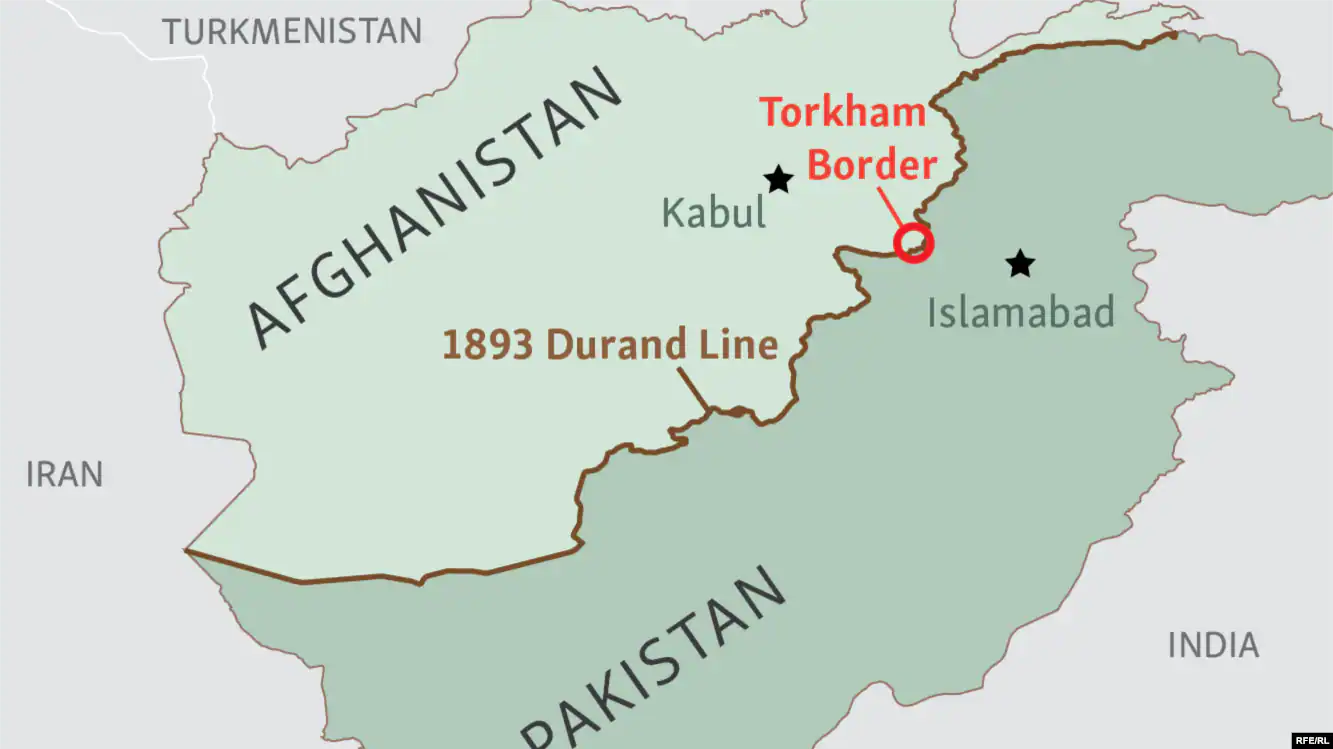
Source: radiofreeeurope
In addition, Pakistani military officials have continuously demonstrated the effectiveness of the fence. It has enhanced border security multifolds. ISPR has reported a marked decrease in cross-border militant raids after the completion of various segments of the fence. While criticism from foreign sources tends to focus a lot on the effects of the fencing on the indigenous population, Pakistan’s defense planners have reassured that such concerns are being resolved through diplomatic contact. Designated border crossings and markets are being established to support and reinforce legal trade and travel. The fence has become an unmistakable line of control that limits hostile actors from taking advantage of the porous border. This helps ensure that both sides become secure in the long run.
Crossing the Line of Control with India
Pakistan’s border with India, the Line of Control (LoC), is a completely different case. It is a heavily militarized de facto line across which both sides indulge in regular skirmishes, artillery battles, and cease-fire breaches every now and then. The LoC is a product of long-standing unresolved conflicts and animosity between Pakistan and India. Pakistan’s approach here is much different from that on the Durand line. The goal is to maintain deterrence while making sure that such low-intensity engagements do not develop into all-out wars.
The LoC fencing was largely completed by the 2000s. It has had a fundamental influence. It also physically demarcates the disputed border, which, ironically, gives the region a degree of stability. The fence, as well as the continuous military surveillance, provides multi-layered security. This system has decreased the chances of cross-border infiltration for non-state actors, thereby preventing one of the major causes of conflict.
You May Like To Read: IED Blast in Wana’s Rustam Abzar Area Targets Security Forces
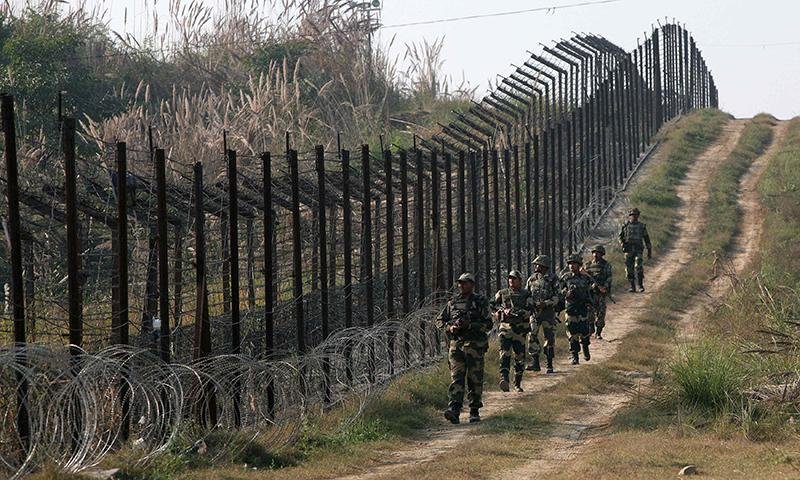
Source: Dawn
On night 7/8 August 2025, movement of a large group of khwarij, belonging to Indian proxy Fitna al Khwaraj, who were trying to infiltrate through Pakistan-Afghanistan border, was detected by the security forces in general area Sambaza, Zhob District of Balochistan.
Own troops… pic.twitter.com/kNneEMrZrW
— DG ISPR (@OfficialDGISPR) August 8, 2025
The Pakistani government and army officials have repeatedly vouched for the de-escalation of tensions along the LoC. The 2021 ceasefire agreement is a testament to the diplomatic exercise involved in maintaining such a fragile peace. Pakistan’s policy towards the LoC is defined by strategic restraint. The Pakistan army maintains a firm military presence to discourage and counter any aggression, but at the same time, it encourages dialogue. It holds the maintenance of respect for the ceasefire as its top priority to ensure that small incidents do not get out of hand. It proves to be difficult at times, but Pakistan has, so far, kept this balance for the sake of greater peace and harmony in the region.
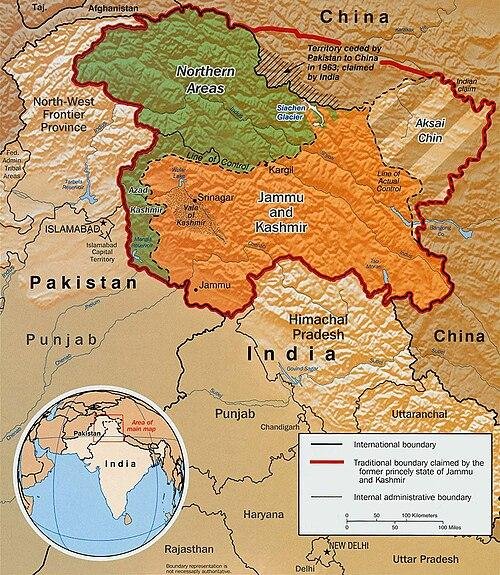
Source: wikipedia
‘Good Fences Make Good Neighbors’
The building of border fences, whether it be on the Durand Line or the LoC, is a strategically sound option that favors security and stability. While fences may be seen as symbols of enmity or division, they are also effective instruments of de-escalation. A physical barrier is an unambiguous and unmistakable delineation that helps remove any uncertainty. Clarity is important in a disputed and politically hot region like Pakistan. It calls for a more formal and responsible system of border administration that officially recognizes borders and does not leave space for ambiguity. Fencing helps declare boundaries that are legally binding and must not be crossed. It helps prevent the issue of cross-border terrorism and illegal activity, allowing for a more concentrated and effective response.

